3 change communication myths and how to bust them
Photo by Volodymyr Hryshchenko on Unsplash
I was recently having a conversation about a new client in an industry that I’ve never worked in before! The person I was speaking with is a seasoned exec in this industry and was curious and defensive about my ability to make change without content experience. To make my point, I started talking about the change the client wanted to make, and importantly, how they were going about it. Which is where we got into a discussion about some of my favorite change communication myths! This executive hadn’t led change in the past and had some pretty firm beliefs about how to go about it, so we talked about three change communication myths and why they will lead to failure more often than success!
#1 - People will just do what you tell them.
I cannot begin to explain just how wrong this is! Change can be disruptive and difficult and if anyone can relate to this more, its me. I cannot name one person who truly likes to be told what to do! My inner toddler gets kicking and screaming and the first thing I want to do is the opposite of what someone told me to do. Even better if you’re telling me I can’t do something. Just watch me!
I’m sure you can relate to this too, and when we’re leading change, this is something we need to keep in mind. The less telling and the more asking, including, collaborating, and empathizing that we do the better the change will go. Yes, it takes more time and effort but its worth it.
#2 - Silence means agreement.
Have you ever delivered a big change message and its met with complete silence? You ask if there are any questions, and nobody says anything or raises their hand. You finish up the presentation and think… “Great! That went well!”
Well, I can tell you with absolute certainty that it didn’t. Silence means many different things, but not that the presentation went well. Chances are that your team is frantically DM-ing each other or texting about how they really feel. Or, they’re completely checked out and looking at something else or doing other work. Change messaging needs to be succinct and engaging. People’s response is the most important part of communication and so, engagement is one of the things you want. Positive or negative, the fact that people are engaged with your message means that you’re on the right track. And negative responses don’t always indicate that you’re on the wrong path.
#3 - If its logical, I don’t need to explain it.
I’m sorry to be the messenger here, but unfortunately, something that is logical and makes sense to you will make absolutely no sense to anyone else. Everyone has their own way of interpreting and executing change, and your logic, unfortunately, doesn’t translate to how other people understand things. Each person has a unique perspective, and we can also see that depending on context, interpretations can vary widely. Clear and concise explanation and leading with the “why” of change will always have a greater impact on the people you’re seeking to influence than logic will.
In all, the conversation gave my friend, the executive a few more things to ponder, and change in their own approach. Have you encountered any of these myths, and what would you add to this list?
Looking for more? Listen to the Change Course podcast and sign up for the Navigator Newsletter!

